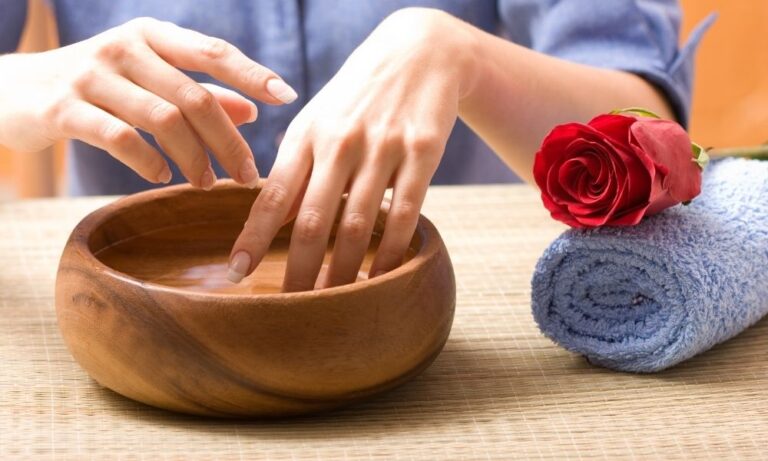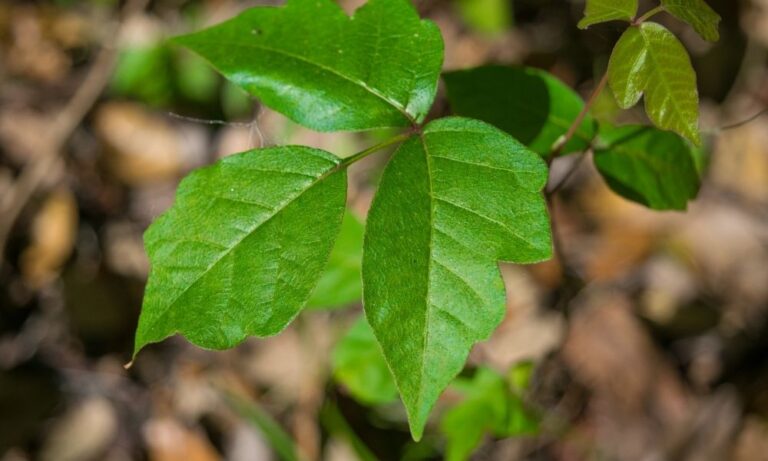This year around 50 million Americans will experience the uncomfortable symptoms accompanying an encounter with poison ivy, poison oak, and poison sumac. If you love being outside during the warmer months, you very likely could be one of them. Knowing how to treat the symptoms can lessen the irritation and discomfort you may experience.
Be Proactive Instead of Reactive
The best way to treat any problem is to be proactive in preventing it from happening. In the cases of poison ivy, poison oak, and poison sumac, you can begin by educating yourself on what the plants look like and where they can be found. Listed below are tips the Mayo Clinic gives to protect yourself from falling victim to the itchy rash delivered by these plants.
- If you know you will be outside and may potentially come in contact with poison ivy, poison oak, or poison sumac, wear protective coverings. These can include wearing pants instead of shorts, boots to tuck your pants into, long sleeve shirts, and gloves to cover your hands.
- If your clothes or tools touched one of the plants mentioned above, they could have urushiol oil on them. Wash any clothes and equipment that you were wearing and using to remove the oil and the risk of you touching it.
- If you know that you have poison ivy, poison oak, or poison sumac growing around your property, remove the plants by pulling them out. Make sure that you get the root so that the plant doesn’t grow back.
WARNING: DO NOT BURN THE PLANTS! The urushiol oil from the plants can be carried by smoke. If inhaled, it can cause an allergic reaction in the lungs. - Another way to protect yourself is to apply an over-the-counter barrier cream that will protect your skin if it happens to brush against one of these plants.
You Touched the Plant. Now What?
If you accidentally touch poison ivy, poison oak, or poison sumac, you can prevent a rash from occurring or at least minimize the effects by acting quickly. The American Academy of Dermatology lists what steps you should take.
- Immediately wash the part of your skin that touched the plant. Use rubbing alcohol, poison ivy/poison oak/poison sumac wash, dishwashing soap, or laundry detergent
- Make sure you wash gently. Scrubbing too hard can cause a rash because you will actually rub the oil into your skin
- After washing, rinse the area with cool water
- Rewash under your nails to remove any oil that may have become trapped under them
- Wash any clothing you were wearing
The most important thing is to make sure you act quickly. Sometimes you can prevent a rash if you take action within the first ten to twenty minutes. If it’s been longer, even up to an hour, and you still aren’t itching, following the steps above may help reduce the severity of the reaction you would have from coming into contact with the urushiol oil.
So You Have a Rash…
Preventing a rash from occurring will not always be possible, even if you tried your hardest. Sometimes you may not even realize that you came into contact with the plant. Don’t fear! If you end up with a rash, you can do things to help the symptoms not be so bad. The FDA and the AAD both give the following great ideas:
- Whatever you do…no matter how bad it itches…DON’T give in to the temptation to scratch the rash
- If you develop blisters, leave the blisters alone
- Taking a short bath with lukewarm water can help. Try using a colloidal oatmeal bath mixture that can be found at your local pharmacy. If you don’t want to make a trip to the store and have some baking soda lying around your house, add 1 cup of it to the running water
- If you aren’t a bath person, taking short cool showers can help with your symptoms
- Apply calamine lotion or hydrocortisone cream
- Place cool compresses on the itchy skin
- Antihistamine pills can reduce itching, so you could try taking those. Just be sure not to apply an antihistamine to your skin. This will cause the rash or itch to get worse
When Should You Seek Medical Attention?
Most reactions caused by the urushiol oil found in poison ivy, poison oak, and poison sumac plants won’t need to be treated by a licensed medical professional. However, it is important to pay attention to your symptoms. If you notice any of the following, Johns Hopkins says to seek medical help.
- A rash that covers your whole body
- You are unable to stop the itching, or it feels like all of your skin is itching
- You have multiple rashes or blisters on your body
- A rash develops on your face or genitals
- Your sleep is being negatively affected due to the discomfort and itching
- Your fever is 100 degrees Fahrenheit/ 30 degrees celsius
- The rash doesn’t improve after a few days
As you go out and about this summer and enjoy the great outdoors, stay vigilant and on the lookout for poison ivy, poison oak, and poison sumac. With your newfound knowledge and a little observation, you should be able to keep your summer (and hopefully the summer of those around you) relatively itch-free.


